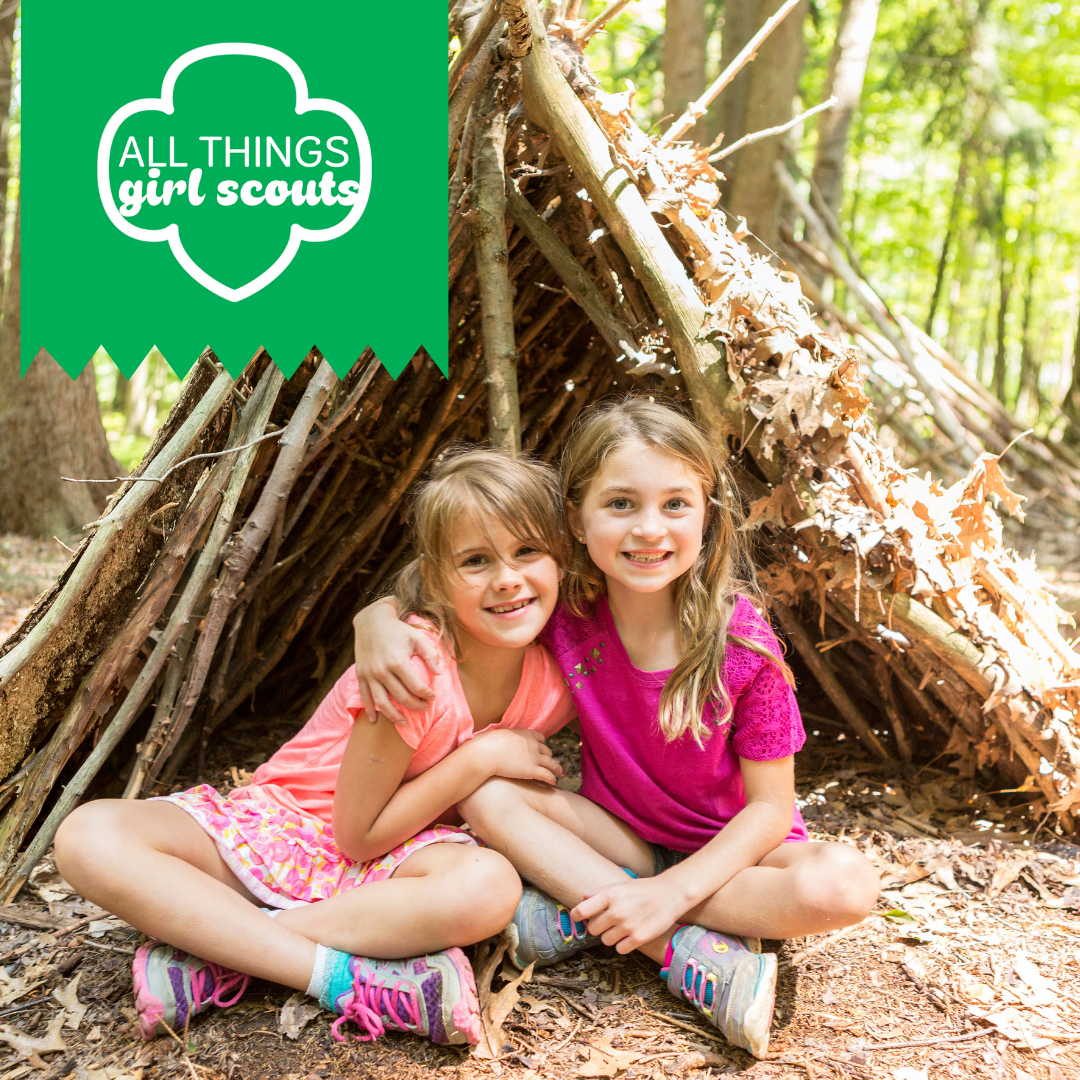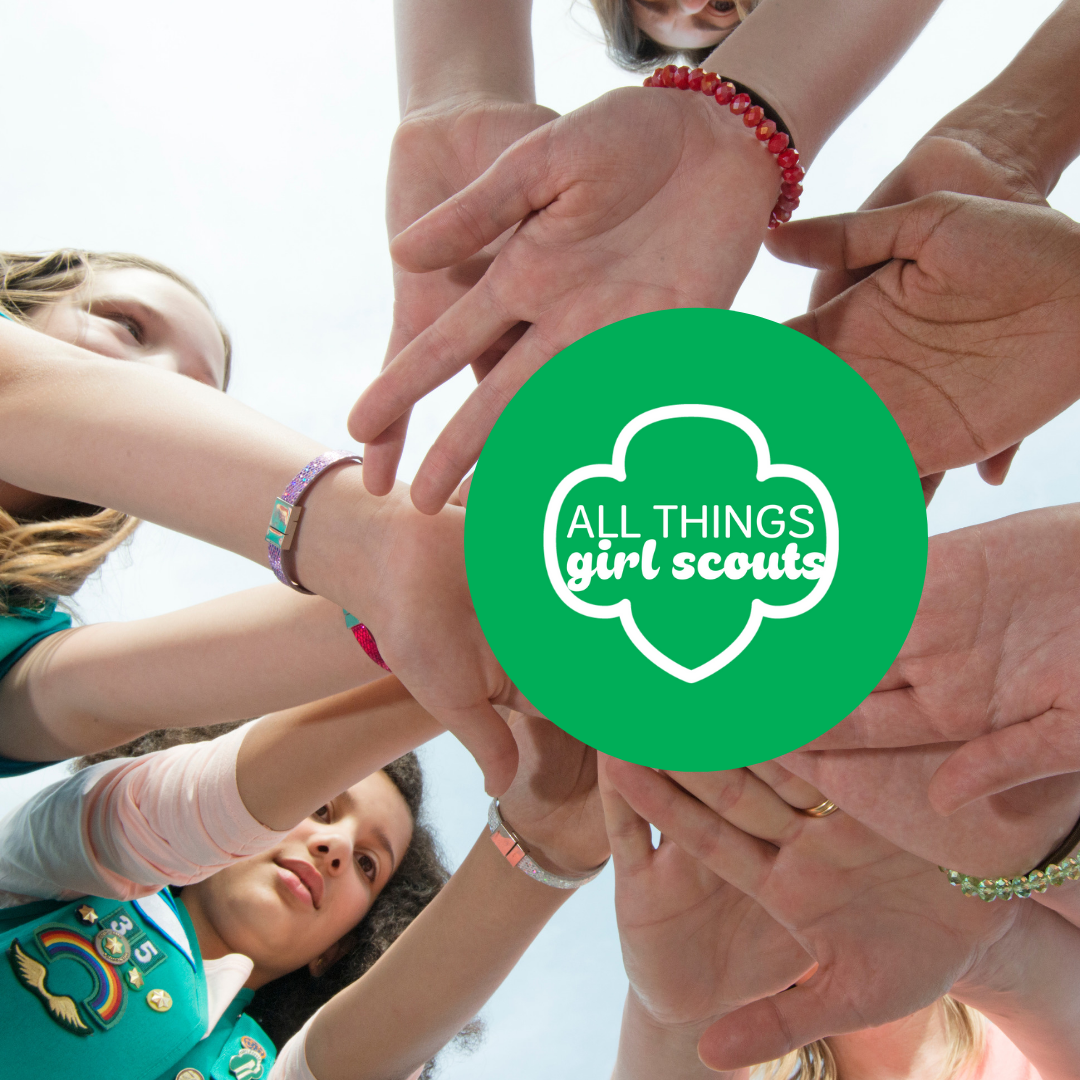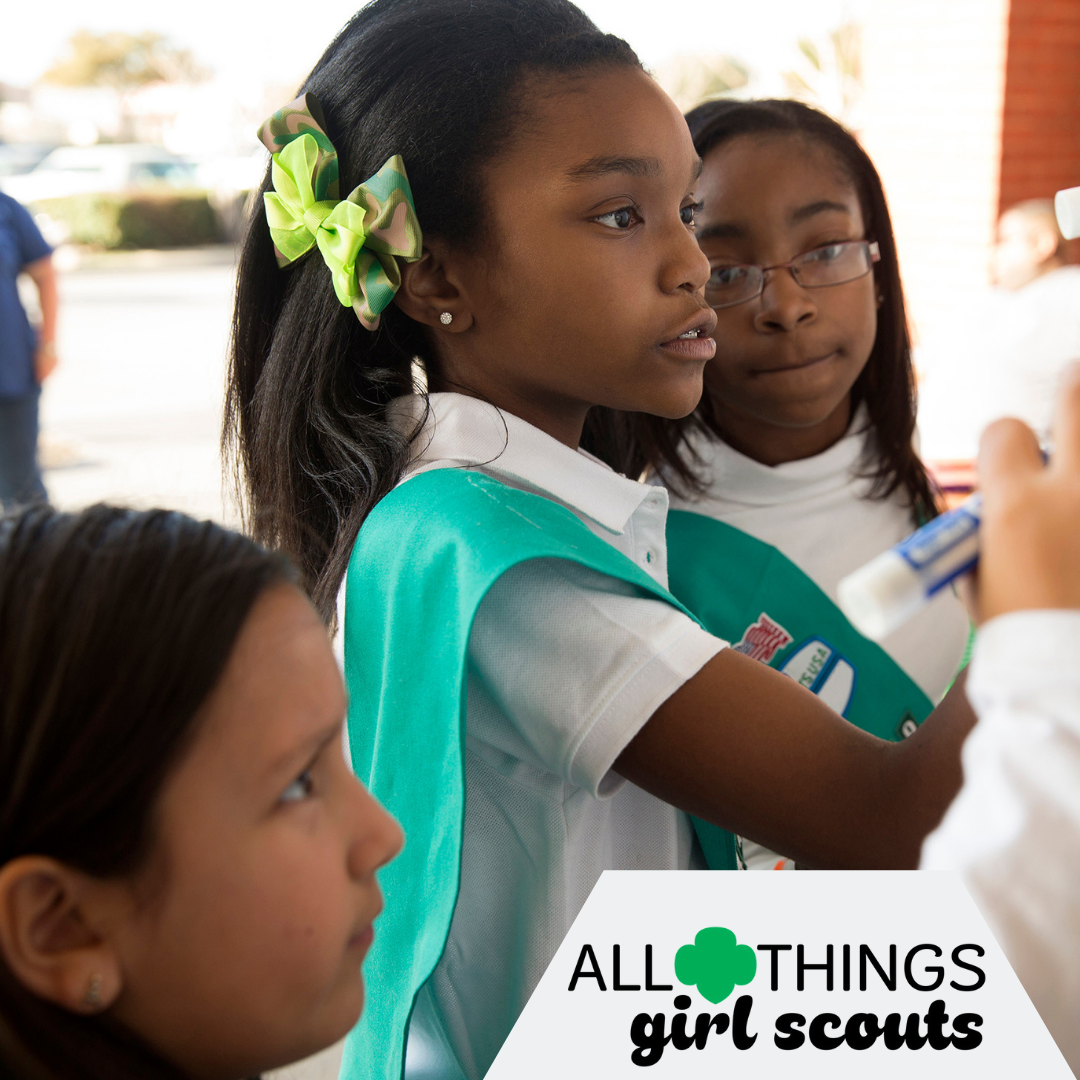 Featured
Featured
Episode 4 – Bridging
Podcast: Play in new window | Download
Subscribe: RSS
Spring is definitely in the air, and that means it’s…bridging season! This year, GSUSA has announced a National Bridging Week, May 4-11. What does that mean for you? Stay tuned to your council. They might have special bridging events that week that your girls can participate in. If that week works well for your troop to host a bridging ceremony, that’s amazing! If not, don’t feel pressured to host one before you’re ready. But you might still benefit from some resources shared with national bridging week in mind.
In this episode, we’re going through a few of the basics of bridging. This is a perfect episode for new leaders or those who have not hosted a Bridging ceremony before.
First, what is bridging?
Bridging is the act of transitioning from one Girl Scout level to another. Girls automatically transition to the next level when they move to a new grade level in school associated with a given Girl Scout level.
Bridging is a milestone of a girl’s life in Girl Scouts.
That’s why you might like to celebrate with a ceremony. A ceremony typically has three parts:
- An opening, when guests are welcomed and the tone is set.
- A middle, which is meaningful to the troop. Often girls walk across a real or pretend bridge, receive a new uniform or flowers, or talk about their experiences and their wishes for the future. It’s important to let girls have a say about what you do in the middle to make it meaningful to them.
- A closing, when you come together before going your own way. A friendship circle or song is a common ending to a bridging ceremony.
What about bridging awards?
There is an award available for each transition level. The award always has 2 steps.
Step 1 – Pass it on
During this step, your girls pass on something they have learned or done as a Girl Scout at their current level to girls at a level younger than them.
Step 2 – Look Ahead
Your girls must find out what the next level of Girl Scouts do. A troop in the level older should show them something they’ve done or learned.
You can find the exact requirements plus some age-appropriate activity suggestions in your Girl’s Guide to Girl Scouting Binder and here:
For Daisies: Bridge to Brownie Award
For Brownies: Bridge to Junior Award
For Juniors: Bridge to Cadette Award
For Cadettes: Bridge to Senior Award
For Seniors: Bridge to Ambassador Award
For Ambassadors: Bridge to Adult Award
Related Article: Commonly Asked Questions about Bridging Awards






